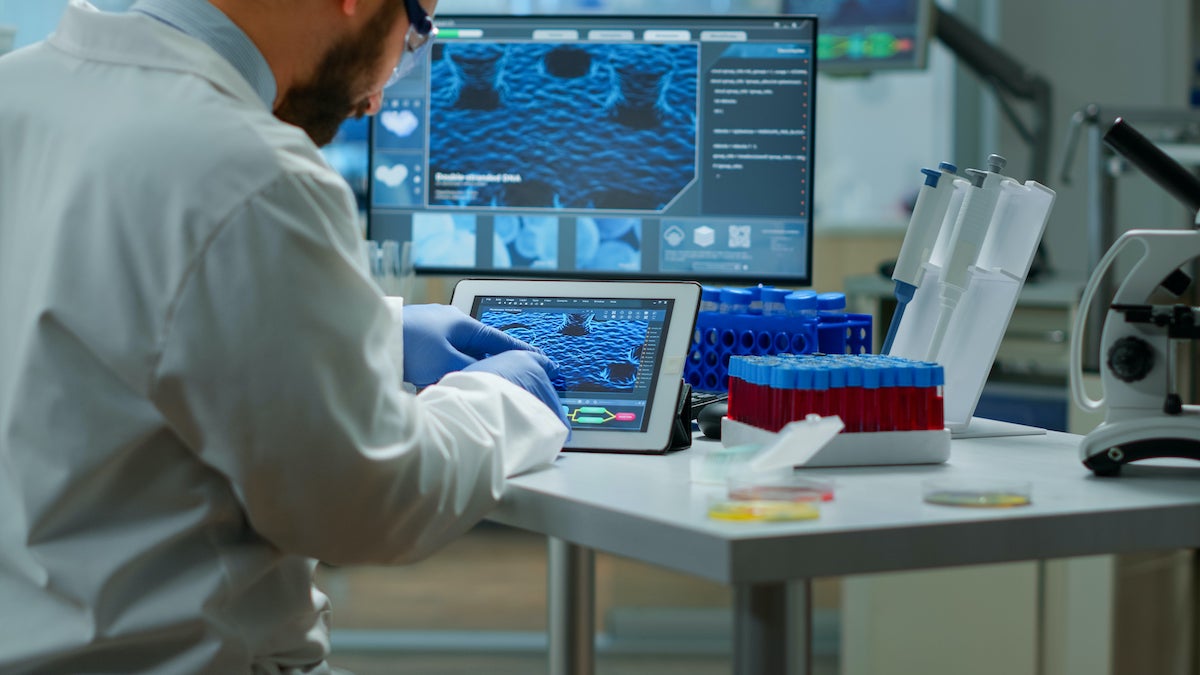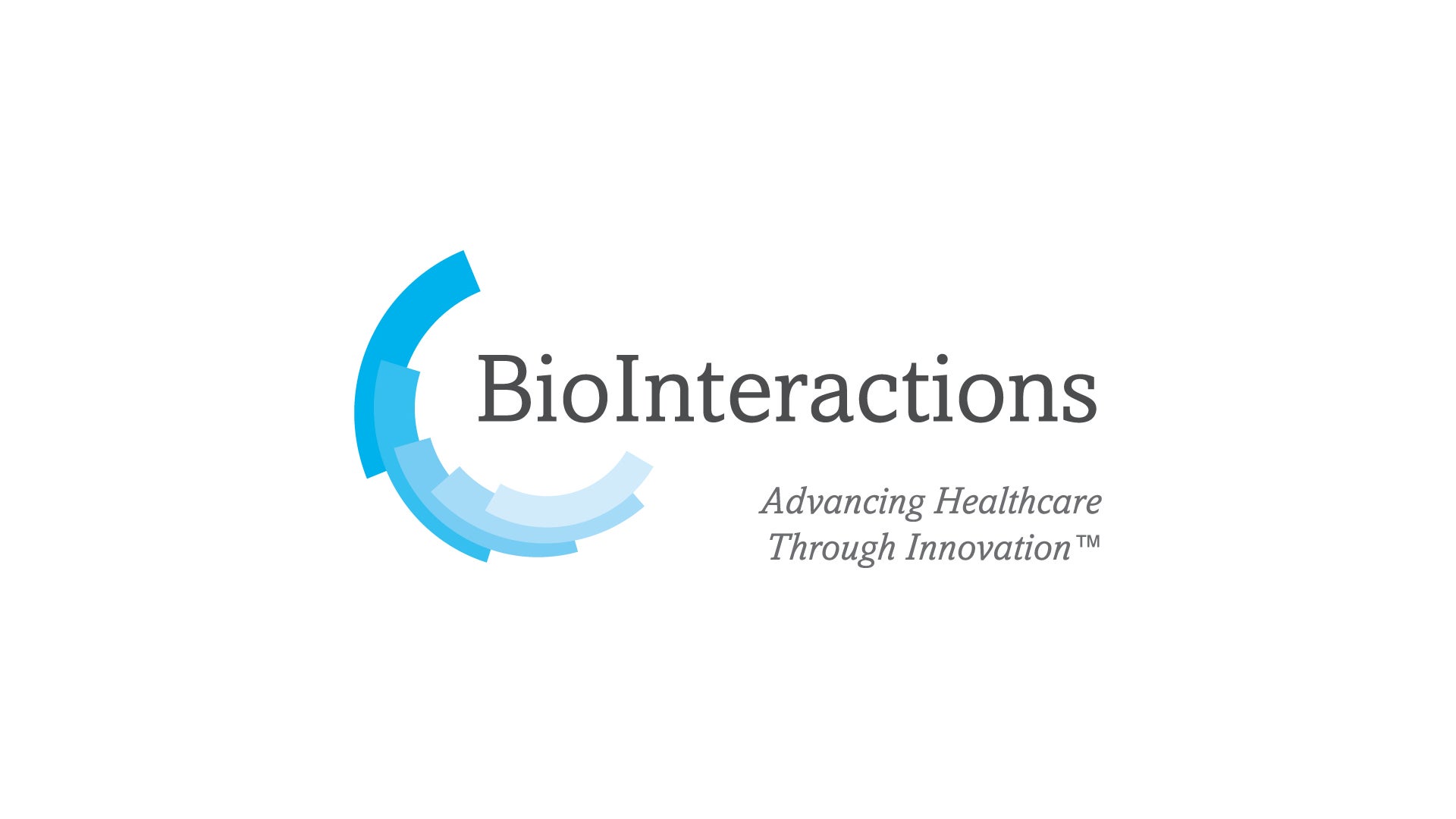
A 30-year-old innovator of technology for medical devices sees its technology, and its approach to developing an ecosystem of products and services as aligned with the scale of entities such as Apple, Microsoft and Tesla.
While it may be best known now for coatings for high-risk elements of the healthcare system – blood-contacting and implantable devices such as stents, shunts and catheters – its commercial director, Arjun Luthra, says the company is seeking to utilise this experience within the medical device industry to revolutionise other aspects of healthcare.
More than that, Luthra suggests his firm can deliver products that will help society out of the current pandemic, getting us all back to something closer to the old normal than anyone had hoped. Beyond even this, he claims to be on the cusp of helping prevent, or reduce the impact of, future pandemics.
Welcome to the world of BioInteractions. The self-declared “home of multi-action coatings” may not sound like a hotspot for healthtech innovation or the home of technology that will revolutionise the world’s approach to pandemics.
In a lively, 30-minute Zoom conversation, Luthra lays out exactly what the company is doing to transform first the medical devices coating market, and from there the healthcare profession and society at large.
Founded in Berkshire in 1991 by Luthra’s father, Ajay, BioInteractions immediately set about scooping up awards and plaudits for innovation and enterprise. This set the tone for the company’s relentless focus on research and development (R&D) and tireless pursuit of new products and innovations.
The company hosts state-of-the-art production and R&D facilities, built around a specialist and knowledgeable team, and its core business remains its expertise in medical device coatings. It works with major manufacturers worldwide in the areas of cardiothoracic surgery, in-vitro diagnostics, catheters and long-term implantable medical devices, such as vascular grafts.
The main service is antimicrobial coatings that kill bacterial, viruses, and other germs whilst reducing the threat infection or rejection when devices are implanted.
And while continual improvement in areas such as biocompatibility through better antimicrobial coatings has been impressive, its recent breakthroughs in the wider applications of antimicrobial surface coatings offer the chance for much wider application of this technology. Of which, more later.
Better, for longer
The firm’s original antimicrobial medical device technology, AvertPlus™, has already displayed impressive performance. Because the active agent is directly applied to the device and does not leach to provide efficacy.
It is more effective for longer without utilising the industry’s traditional reliance on toxic materials (silver, for example has been used since the 1960s) that leach out gradually to kill germs.
“The trouble with this approach is that these active components also kill the host’s cells and in cases create further negative effects. This means there are potentially secondary complications which must be addressed, and the efficacy of the devices falls away over time and therefore requires a replacement,” explains Luthra.
He adds that his father’s breakthroughs have helped revolutionise the medical devices market and bring the benefits of being both better for device manufacturers and patients as well as providing more cost-effective solutions in the long run.
Never a company to rest on its laurels, Luthra is now excited to talk about the next big development. TridAnt® is the company’s latest coating and with it the advantages of AvertPlus™ have been turbocharged.
“TridAnt® is the next generation, but it’s actually a couple of generations on from AvertPlus™. This is really state-of-the-art technology. We’re the only medical coating in the industry that provides a consistent 99.99% killing against both gram-negative and gram-positive bacteria for 60 days.
“There’s no drop in effectiveness, we’ve shown that there is a consistent 60-day killing time against a broad spectrum of pathogens. Medical devices can now be implanted very cleanly and safely because they have this consistent protection on them. And now they have a level of protection on them that will stay on there for 60 days and is effective against a wide range of germs,” explains Luthra.
The current market leader can only claim to be effective for 14 days. So, this is potentially a major leap forward for medical device manufacturers, for clinical staff and – perhaps most importantly – for patients, who won’t need to change devices as often and receive a higher level of protection on implanted devices within them.
“Because we’ve taken this state-of-the-art technology so far, we’re providing new opportunities for people. You can have a device that stays in your body for 60 days and does not have to be replaced and consistently just keeps disinfecting itself.
“This is providing new opportunities for our partners, for medical device innovators and manufacturers, because we’re providing materials that break boundaries and offers them with new possibilities to bring to their devices.”
And, in a world worn down by an over-reliance on antibiotics, this new approach should drastically help to reduce the need to prescribe them to patients after a successful routine operation with a suitably protected device.
A more biosecure future
But there are plenty of other boundaries Luthra wants to see TridAnt® crash through. After 18 months of face masks and hand sanitiser, social distancing and working from Zoom, he sees it as an unexpected source of help.
As Luthra says, “The vaccines have been great, and the testing has been great, but it’s still reactive. We react to a germ. But with TridAnt® we have technology that can prevent germs from building up on surfaces ranging from your skin to stainless steel, and also we use components safe enough to be implanted into your body.”
And he is convinced that society could be potentially transformed by a new approach, with TridAnt® used to coat everything from walls, floors, and seating in a healthcare environment to face masks and even needles used for injections as well as class 3 medical devices.
“What we’re doing here is taking the equivalent of Formula 1 technology and we’re putting into an everyday car. I understand some people say, ‘why would I need a Formula 1 engine in my car?’. But in healthcare, you need the best, you need the Formula 1 engine every day. You need the best health and hygiene every day.”
One property that makes TridAnt® particularly exciting is its ability to repel germs and clean surfaces it comes into contact with. If, having applied a TridAnt-based hand sanitiser, a person touches a door handle, that handle is cleaned. It means that shaking hands with someone who has a protected hand would act to clean your hands, too.
Luthra admits the transference of these properties is harder to grasp. “It is going to be more difficult getting people to really be confident that when I shake your hand, I’m actually helping your hand to be sterilised, rather than actually transferring my bacteria over to you.”
For now, there is a focus is on getting TridAnt® used as the ideal coating on as many medical devices as possible. But even here Luthra sees big opportunities for this as something transformative, with the ability to reshape health economics and the entire health ecosystem, with everything from needles to PPE being safely reused and even the possibility of re-usable catheters, saving money and reducing clinical waste is possible at higher levels.
Luthra is so adamant this is a potentially safe route out of all Covid restrictions he is discussing these aspects with politicians for the Better Infection Control Campaign. And this includes using TridAnt® technology to help high-contact areas in buildings become safer and to help the economy reopen fully without extra risk.
But as much as he is an entrepreneurial dreamer in a company of scientific innovators, he is also pragmatic. “We need a regulation system for infection control in buildings, to make sure people can get back to the better normal. TridAnt® maintains itself, without needing energy consumption and you don’t need to keep using consumable chemicals every day.
“We need to get everyone aware of this infection control capability. To do that we need to get them understanding we have technology, proven in the medical device industry which is highly effective in these critical areas.”
And in order to do that, he focuses the first step to get medical device manufacturers to embrace this new technology, deploy it widely across the healthcare sector. Every revolution begins with putting one step after the other.


